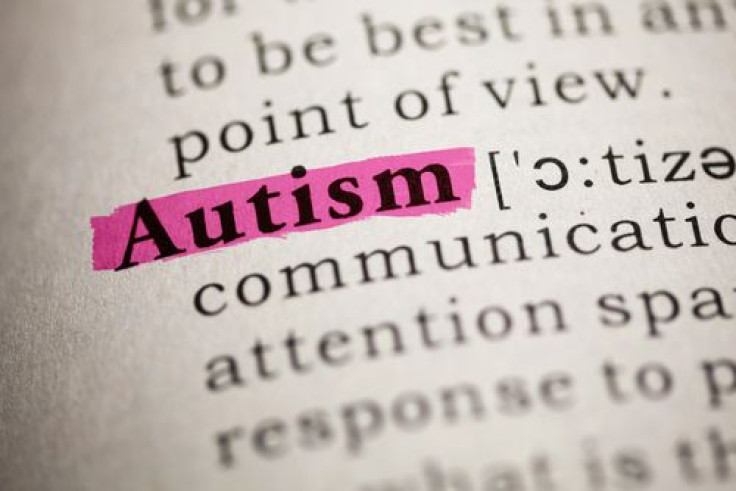Autism-Related Language Delays In Early Childhood Causes Brain Structures To Change

Language delays in early childhood can be a sign of developmental disorders, especially autism. A new study has found that autism-related language delay in early childhood leaves alterations in the anatomy of the brain, and this can be a basis for identifying variations or subgroups within the autism spectrum. The results appear in the journal Cerebral Cortex.
The study conducted by researchers from the University of Cambridge in collaboration with King's College London and the University of Oxford studied 80 adult men with autism. Thirty-eight of them had delayed language onset and 42 had not. Language delay was associated with smaller gray matter volume in a number of key brain regions, including the temporal lobe, insula, and the ventral basal ganglia, while brainstem structures in these individuals were larger.
Additionally, they found that current language function is associated with a specific pattern of grey and white matter volume changes in some key brain regions, particularly temporal, frontal, and cerebellar structures.
Delayed language onset is defined as when a child's first meaningful words occur after 24 months of age, or their first phrase occurs after 33 months of age. This clinical feature is now seen as a symptom of a subgroup of autism and is an important parameter to assess autism spectrum disorder.
"Although people with autism share many features, they also have a number of key differences," said Dr. Meng-Chuan Lai, of the Cambridge Autism Research Centre and the paper's lead author, in a statement. "Language development and ability is one major source of variation within autism. This new study will help us understand the substantial variety within the umbrella category of 'autism spectrum.' We need to move beyond investigating average differences in individuals with and without autism, and move toward identifying key dimensions of individual differences within the spectrum."
The research shows how autism-related speech delays leaves long-lasting "signatures" in the brain, he added.
Asperger syndrome is now identified as an autism spectrum disorder by the American Psychiatric Association and not as a separate diagnosis.
"This new study shows that a key feature of Asperger Syndrome, the absence of language delay, leaves a long lasting neurobiological signature in the brain," said Professor Simon Baron-Cohen, senior author of the study, in the statement. "Although we support the view that autism lies on a spectrum, subgroups based on developmental characteristics, such as Asperger Syndrome, warrant further study."
Dr. Lai concluded, "It is important to note that we found both differences and shared features in individuals with autism who had or had not experienced language delay. When asking: 'Is autism a single spectrum or are there discrete subgroups?' — the answer may be both."
Source: Lai M, Lombardo M, Ecker C, et al. Neuroanatomy of Individual Differences in Language in Adult Males with Autism, Cerebral Cortex. 2014.



























